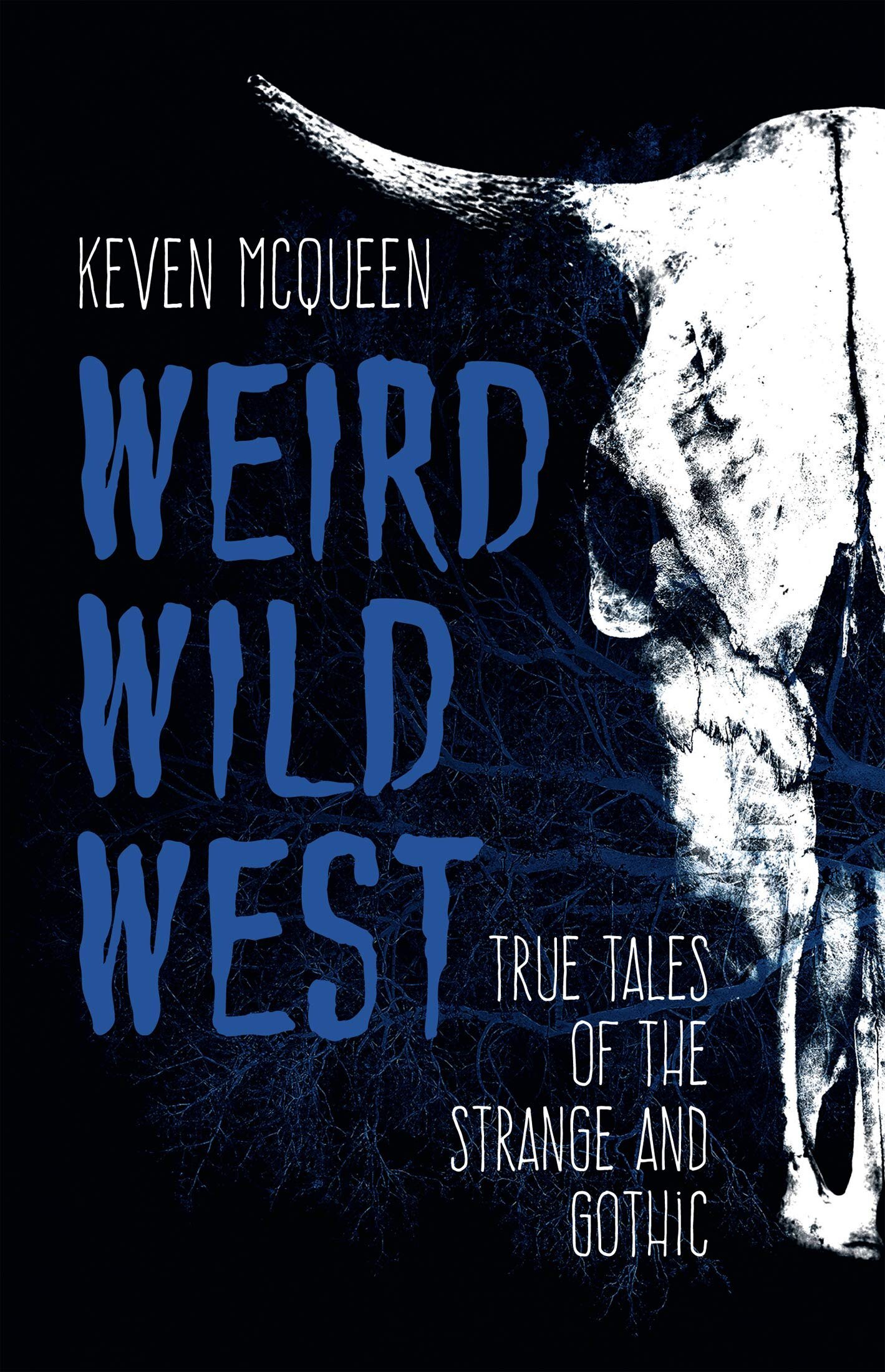Strange and Gruesome Tales: On Keven McQueen’s "Weird Wild West"
Keven McQueen | Weird Wild West: True Tales of the Strange and Gothic | Indiana University Press | 2019 | 184 Pages
A Black ax-murdering cult, the amusing origin of Tombstone, and exhumed giant mummies. These are but a fraction of the subjects in Keven McQueen’s Weird Wild West: True Tales of the Strange and Gothic.
Weird Wild West showcases the American frontier's bizarre and true crime stories in abridged segments, the lengthiest stories lasting only a few pages. Though topics mainly focus on death and murder, there are a few stories about strange documented occurrences during this time, including one from an October 1888 incident in which a woman’s house was pelted with raining nails and debris. “The local mariners blamed ghosts,” McQueen wrote. The incident lasted for three nights and was never explained.
The stories in McQueen’s book are mostly fascinating, even those that barely stretch more than a sentence or two. His greatest accomplishment with Weird Wild West is how many times it will cause readers to think, “How on Earth have I never heard this story before?” The book is well-researched, as evidenced in the detail within each story and its thorough bibliography, consisting mostly of newspaper stories from the frontier era.
Each chapter focuses on a different state, ranging from “Terrifying Texas” to “Weird Washington.” Numerous stories in the book focus on the lawlessness of the time, with many ending in angry mobs taking matters into their own hands. For example, in the “Creepy Colorado” chapter, McQueen describes how a crowd of over a hundred lynched two men who had shot and killed their sheriff. As McQueen tells it, the story ends on an even darker note when the local schoolmaster decided to give his students an object lesson in obeying the law” and “trooped the kids down to the bridge to see [the hung criminals], still swaying in the gentle breeze like sunflowers.”
Weird Wild West appears during a present-day true crime renaissance, with podcasts and documentaries making the genre more popular than ever. The stories in this book would not be out of place in The Last Podcast on the Left or as the subject of a Netflix docuseries. It’s worth noting McQueen’s fascination with the strange and gruesome predates any recent trends. His first book with “murder” in the title was published in 2005 with numerous others on similar subjects published in more recent years.
Although beloved and obsessed over by rabid fans, true crime is not without critique. In The New Republic, for example, writer Andrea DenHoed criticizes the podcast “My Favorite Murder” for making light of serious crime via banter and inside jokes. DenHoed also describes how the hosts warn their mostly female audience of the dangers in the world, but “murder rates have been falling for years and, anyway, most homicide victims aren’t white women; they’re black men.”
Similarly, A 2019 BBC article by Kelly-Leigh Cooper examined how the recent boom in murder-oriented documentaries, films, and podcasts affects victims’ families while also showcasing how some companies profit off hometown serial killers. Loved ones of Hae Min Lee, the 1999 murder victim at the center of the popular podcast “said the attention from Serial ‘reopened old wounds’ for their family,” Copper writes. Later in the article, when setting the scene of a Jeffrey Dahmer walking tour in Milwaukee, Copper reports Dahmer victims’ families protested and “critics said it was too soon because the crimes were still in living memory for many.”
Unlike most modern-day true crime projects which focus on contemporary atrocities, McQueen’s book deals with incidents from the late 19th and early 20th centuries. Still, some of the same critiques which apply to modern true crime projects could apply to Weird Wild West. McQueen’s injection of humor into his book at times feels strained; reading punchlines about suicide or grisly murder can feel tone-deaf. True, some levity is needed due to the dozens of heavy stories told in the book, but the puns and one-liners don’t always land.
Although the stories in Weird Wild West are captivating, the sheer amount of death and destruction could be daunting to those not completely enamored with true crime. Still, the book should captivate any reader with an interest in American history and an attraction to the macabre.

